Malawi blue dolphin - Cyrtocara moorii
Scientific name: Cyrtocara moorii
Common name: Malawi blue dolphin
Family: Cichlidae
Usual size in fish tanks: 17 - 25 cm (6.69 - 9.84 inch)
014
Recommended pH range: 7.2 - 8.6
Recommended water hardness: 10 - 18°N (178.57 - 321.43ppm)
0°C 32°F30°C 86°F
Recommended temperature range: 24 - 26 °C (75.2 - 78.8°F)
The way how these fish reproduce: Spawning
Where the species comes from: Africa
Temperament to its own species: peaceful
Temperament toward other fish species: aggressive to smaller
Usual place in the tank: Middle levels
General Information
The Malawi Blue Dolphin (Cyrtocara moorii) is a gentle, sand-associated haplochromine cichlid endemic to Lake Malawi. In nature it patrols shallow sandy areas, often hovering above the bottom and making short sorties over open substrate. Adults commonly reach 17–20 cm (6.5–8″) with large males developing a pronounced nuchal hump; exceptional individuals can approach 25 cm (≈10″). Keep in spacious aquaria with long swimming runs and sand underfoot.
Food and Feeding
An omnivorous micro-predator. In the wild it is known to follow sand-sifting cichlids and pick exposed small invertebrates and zooplankton from the water column and disturbed sand. In aquaria use high-quality cichlid pellets/granules as staple, plus frozen or live foods (daphnia, mysis, krill, brine shrimp), and occasional spirulina-based items for balance. Avoid mammalian/avian meats; feed modest portions 1–2× daily.
Sexing
Males grow larger with a more developed nuchal hump and typically show deeper blue coloration; females are smaller and less intensely colored. Juveniles can be difficult to sex until maturity.
Breeding
C. moorii is a maternal mouthbrooder. Males clear a patch of sand or a flat stone for spawning; the female picks up fertilized eggs and incubates them in her mouth for roughly 3–4 weeks depending on temperature (≈21–28 days is typical). After release, offer the fry newly hatched brine shrimp and fine powdered foods. Best kept as one male with several females in large tanks.
Lifespan
With excellent water quality and diet, expect 8–12 years; large, well-kept adults living beyond a decade are common.
Tank Requirements & Water Parameters
- Tank size: for a single adult or harem start around 250 L / 65 gal; larger footprints (120 cm/4′ and up) are strongly preferred for groups and stability.
- Substrate & layout: fine sand is ideal (natural behavior, safe sifting); add open sandy areas with some rockwork for line-of-sight breaks; moderate flow; strong biological filtration.
- Water: hard, alkaline Lake Malawi conditions: pH ~7.2–8.6, hardness ~10–18 °dH, temperature 24–26 °C. High oxygenation and stability are crucial.
- Maintenance: large, regular water changes (30–50%) and careful stocking to keep aggression and bioload manageable.
Compatibility & Tank Mates
Relatively peaceful for a large hap, but still a sizeable cichlid. Combine with other Lake Malawi species of comparable size and temperament; avoid tiny fish that could be viewed as prey and very aggressive mbuna that may harass calmer haps. A single male with multiple females works well in roomy setups.
Behaviour & Usual Place in the Tank
Mid–lower water column (benthopelagic): cruises above sand, making short dashes to pick food. Provide open lanes over substrate to see natural “hover and glean” behavior.
Short Description
Malawi Blue Dolphin (Cyrtocara moorii) is a graceful, sand-zone hap from Lake Malawi. Keep in large, alkaline, well-filtered tanks with sandy bottoms, balanced carnivore-leaning diets, and subdued but open layouts. Maternal mouthbrooder; males develop a distinctive forehead hump.
Q&A
- Is it aggressive? Calmer than many Malawi cichlids, but its size means small fish can be at risk; house with similarly sized Malawi companions.
- Sand necessary? Strongly recommended—this species associates with sandy areas and behaves most naturally over sand.
- How long do females hold? Roughly 3–4 weeks depending on temperature; they usually do not eat while mouthbrooding.
Pictures
Bought by aqua-fish.net from jjphoto.dk.
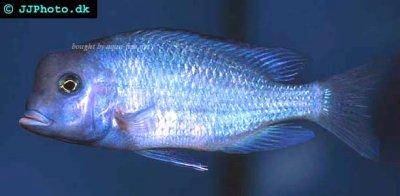


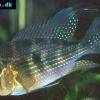 Thread-finned
Thread-finned 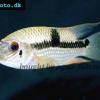 Acara
Acara 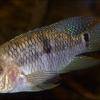 Yellow
Yellow 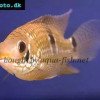 Patrick's
Patrick's 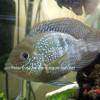 Blue
Blue 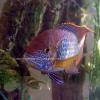 Green
Green 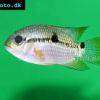 Acara
Acara 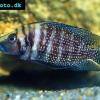 White
White 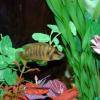 Compressed
Compressed 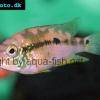 Pastel
Pastel 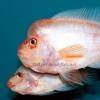 Midas
Midas 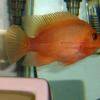 Red
Red 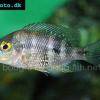 Bluemouth
Bluemouth 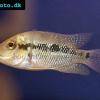 False
False 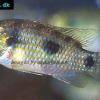 African
African 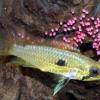 Agassiz's
Agassiz's 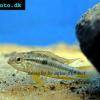 Banded
Banded 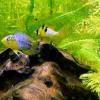 Yellow
Yellow 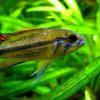 Cockatoo
Cockatoo 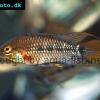 Blue
Blue 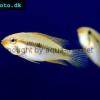 Blackstripe
Blackstripe 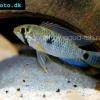 Highfin
Highfin 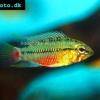 Redstripe
Redstripe 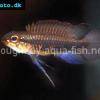 Threadfinned
Threadfinned 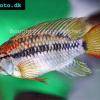 Macmaster’s
Macmaster’s 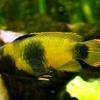 Panda
Panda 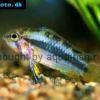 Norbert’s
Norbert’s 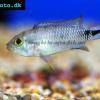 Blue
Blue 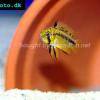 Thin-line
Thin-line 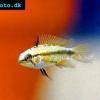 Three-striped
Three-striped 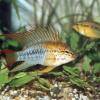 Viejita
Viejita 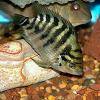 Flier
Flier 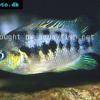 Archocentrus
Archocentrus 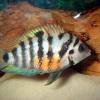 Convict
Convict 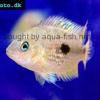 Seven
Seven 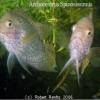 Spiny
Spiny 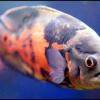 Oscar
Oscar 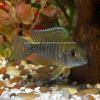 Sunshine
Sunshine 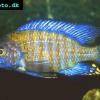 Chitande
Chitande 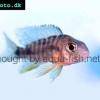 Firebird
Firebird 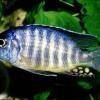 Midnight
Midnight 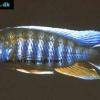 Lake
Lake 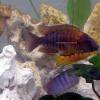 Sunshine
Sunshine 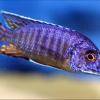 Aulonocara
Aulonocara 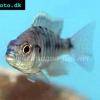 Nyasa
Nyasa 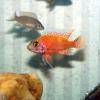 Ruby
Ruby 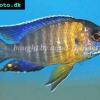 Grants
Grants 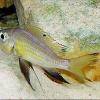 Aulonocranus
Aulonocranus 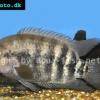 Chameleon
Chameleon 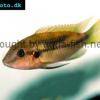 Benitochromis
Benitochromis 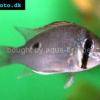 Orinoco
Orinoco 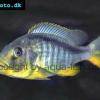 Yellow
Yellow 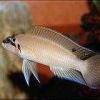 Brichard’s
Brichard’s 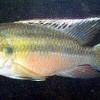 Guenther’s
Guenther’s 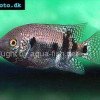 Southern
Southern 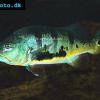 Cichla
Cichla 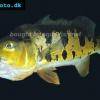 Peacock
Peacock 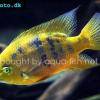 Chiseltooth
Chiseltooth 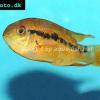 Bolivian
Bolivian 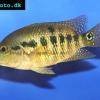 Red
Red 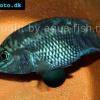 Many-pointed
Many-pointed 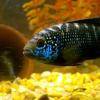 Jack
Jack 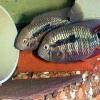 Red
Red 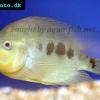 Three
Three 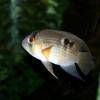 Keyhole
Keyhole 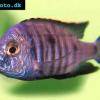 Azureus
Azureus 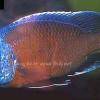 Red
Red 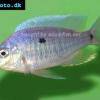 Jackson’s
Jackson’s 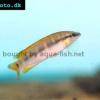 Crenicichla
Crenicichla 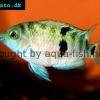 Honduran
Honduran 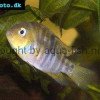 Blue-eye
Blue-eye 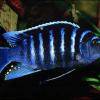 Afra
Afra 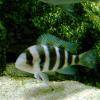 Frontosa
Frontosa 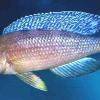 Slender
Slender 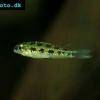 Chequerboard
Chequerboard 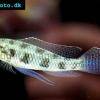 Checkerboard
Checkerboard 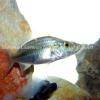 Malawi
Malawi 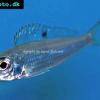 Ectodus
Ectodus 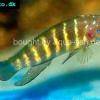 Tanganyika
Tanganyika 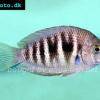 Canara
Canara 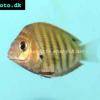 Green
Green 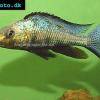 Rostratus
Rostratus 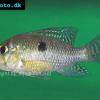 Pearl
Pearl 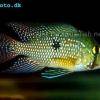 Geophagus
Geophagus 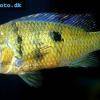 Yellowhump
Yellowhump 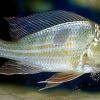 Suriname
Suriname 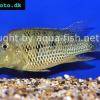 Redhump
Redhump 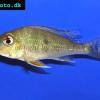 Red
Red 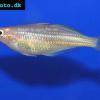 Dority’s
Dority’s 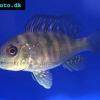 Argentine
Argentine 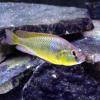 Burton’s
Burton’s 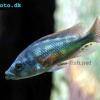 Victoria
Victoria 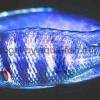 Haplochromis
Haplochromis 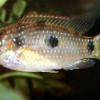 Jewel
Jewel 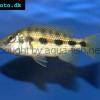 Banded
Banded 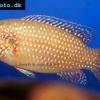 Lifalili
Lifalili 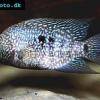 Lowland
Lowland 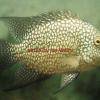 Texas
Texas 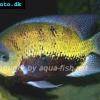 Pantano
Pantano 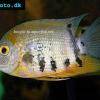 Severum
Severum 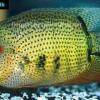 Banded
Banded 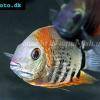 Severum
Severum 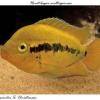 Rainbow
Rainbow 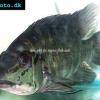 Parrot
Parrot 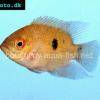 Chocolate
Chocolate 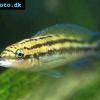 Brown
Brown 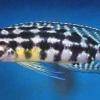 Marlieri
Marlieri 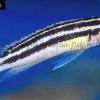 Golden
Golden 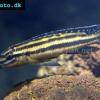 Striped
Striped 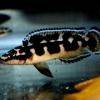 Masked
Masked 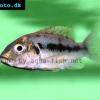 Konye
Konye 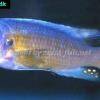 Blue
Blue 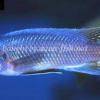 Trewavas
Trewavas 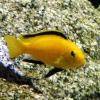 Electric
Electric 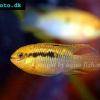 Dwarf
Dwarf 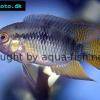 Redbreast
Redbreast 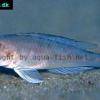 Lamprologus
Lamprologus 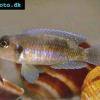 Gold
Gold 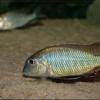 Greenface
Greenface 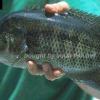 Mayan
Mayan 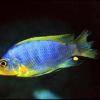 Aurora
Aurora 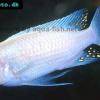 Blue
Blue 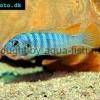 William’s
William’s 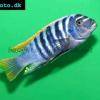 Zebra
Zebra 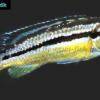 Malawi
Malawi 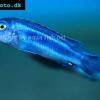 Blue
Blue 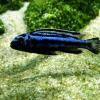 Blue
Blue 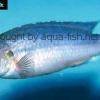 Mbuna
Mbuna 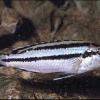 Parallel
Parallel 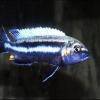 Purple
Purple 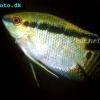 Flag
Flag 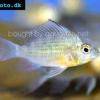 Bolivian
Bolivian 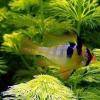 Ram
Ram 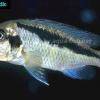 Basket
Basket 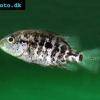 Haitian
Haitian 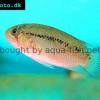 Zebra
Zebra 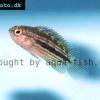 Striped
Striped 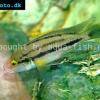 Neolamprologus
Neolamprologus 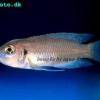 Brevis
Brevis 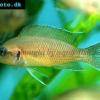 Fairy
Fairy 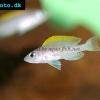 Neolamprologus
Neolamprologus 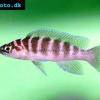 Cylindricus
Cylindricus 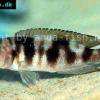 Hecq’s
Hecq’s 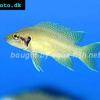 Neolamprologus
Neolamprologus 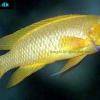 Lemon
Lemon 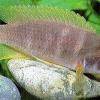 Mustax
Mustax 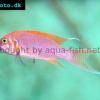 Daffodil
Daffodil 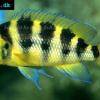 Six-bar
Six-bar 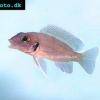 Five-bar
Five-bar 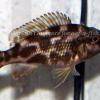 Marbled
Marbled 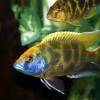 Giraffe
Giraffe 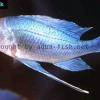 Blue
Blue 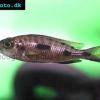 Sulphurhead
Sulphurhead 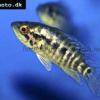 Wolf
Wolf 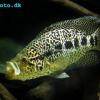 Jaguar
Jaguar 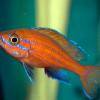 Blue
Blue 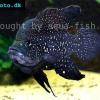 Marakeli
Marakeli 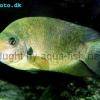 Madagascar
Madagascar 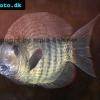 Pinstripe
Pinstripe 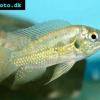 Pelmatochromis
Pelmatochromis 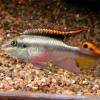 Kribensis
Kribensis 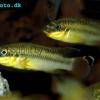 Striped
Striped 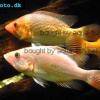 Red
Red 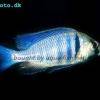 Deepwater
Deepwater 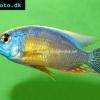 Fenestratus
Fenestratus 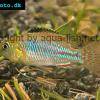 Nichols’
Nichols’ 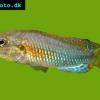 Southern
Southern 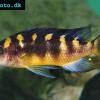 Bumble
Bumble 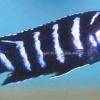 Demason’s
Demason’s 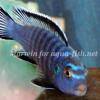 Slender
Slender 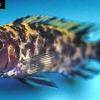 Red
Red 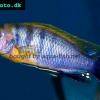 Mbuna
Mbuna 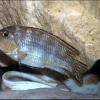 Malawi
Malawi 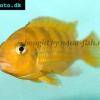 Kenyi
Kenyi 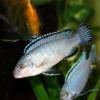 Powder
Powder 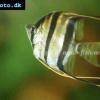 Altum
Altum 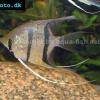 Angelfish
Angelfish 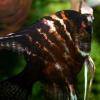 Angelfish
Angelfish 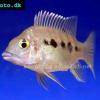 East
East 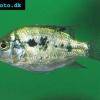 Juba
Juba 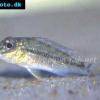 Earth
Earth 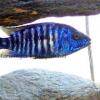 Electric
Electric 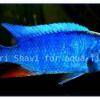 Azure
Azure 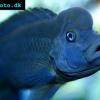 Lionhead
Lionhead 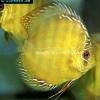 Discus
Discus 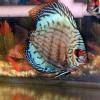 Blue
Blue 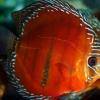 Red
Red 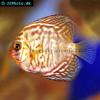 Zebra
Zebra 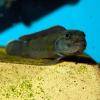 Brichard’s
Brichard’s 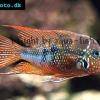 Blue
Blue 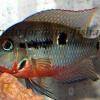 Firemouth
Firemouth 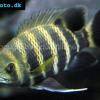 Zebra
Zebra 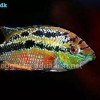 Yellow
Yellow 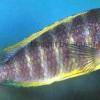 Blue
Blue 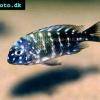 Dwarf
Dwarf 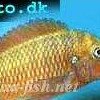 Blunthead
Blunthead 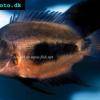 The
The 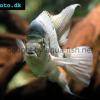 White
White 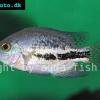 Twoband
Twoband 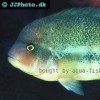 Fenestratus
Fenestratus 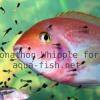 Window
Window 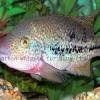 Tailbar
Tailbar 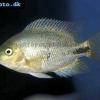 Black
Black 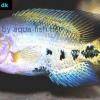 Redhead
Redhead 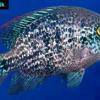 Oaxaca
Oaxaca 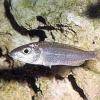 Xenotilapia
Xenotilapia